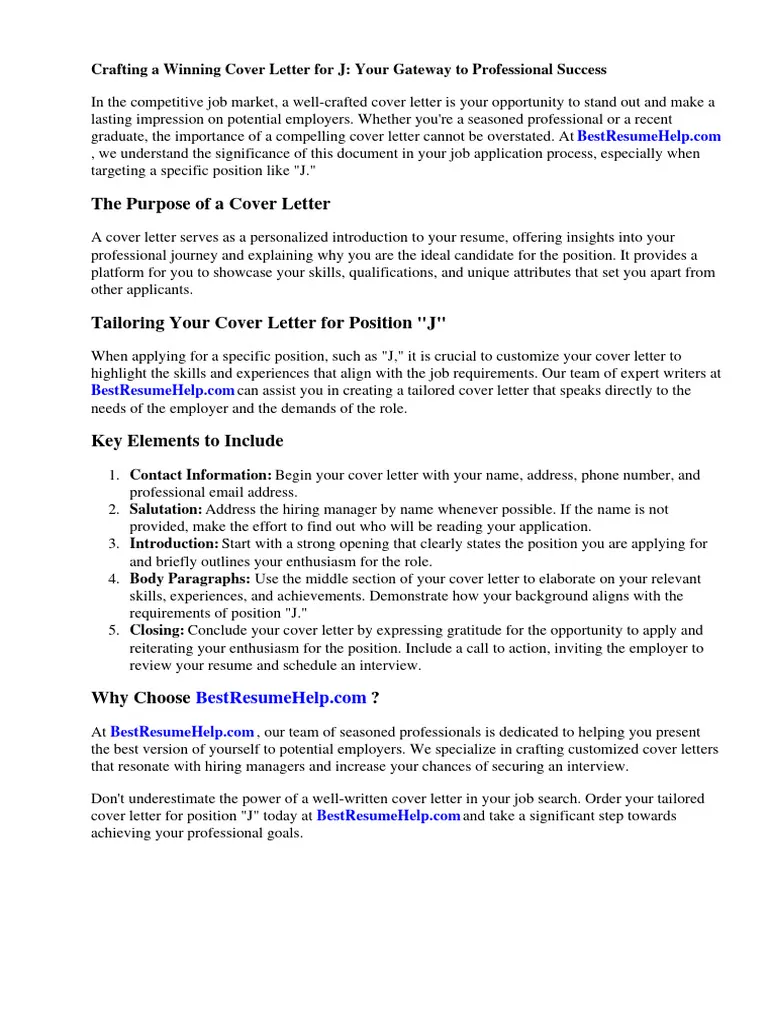Navigating the job market in Germany can be an exciting yet challenging experience. One of the most crucial elements of a successful job application is the cover letter, known as the “Anschreiben.” Unlike cover letters in other countries, the German version has specific nuances and requirements that must be followed to make a positive impression on potential employers. This guide will provide a comprehensive overview of how to write a compelling cover letter in Germany, helping you to stand out from the competition and increase your chances of landing your dream job.
Understanding the German Cover Letter
The German cover letter serves as your first introduction to a potential employer, and it plays a vital role in determining whether your application will be considered. It’s more than just a formality; it’s an opportunity to showcase your personality, skills, and motivation to the hiring manager. The cover letter provides a deeper dive into your qualifications and explains how your experience aligns with the job’s requirements.
Key Differences from Other Countries
The German cover letter tends to be more formal and detailed than cover letters in some other countries, such as the United States or the United Kingdom. It is expected to be concise, yet comprehensive, demonstrating a clear understanding of the job requirements and your ability to fulfill them. A well-crafted cover letter in Germany should be approximately one page long, as German recruiters value efficiency and directness.
Formal vs. Informal Tone
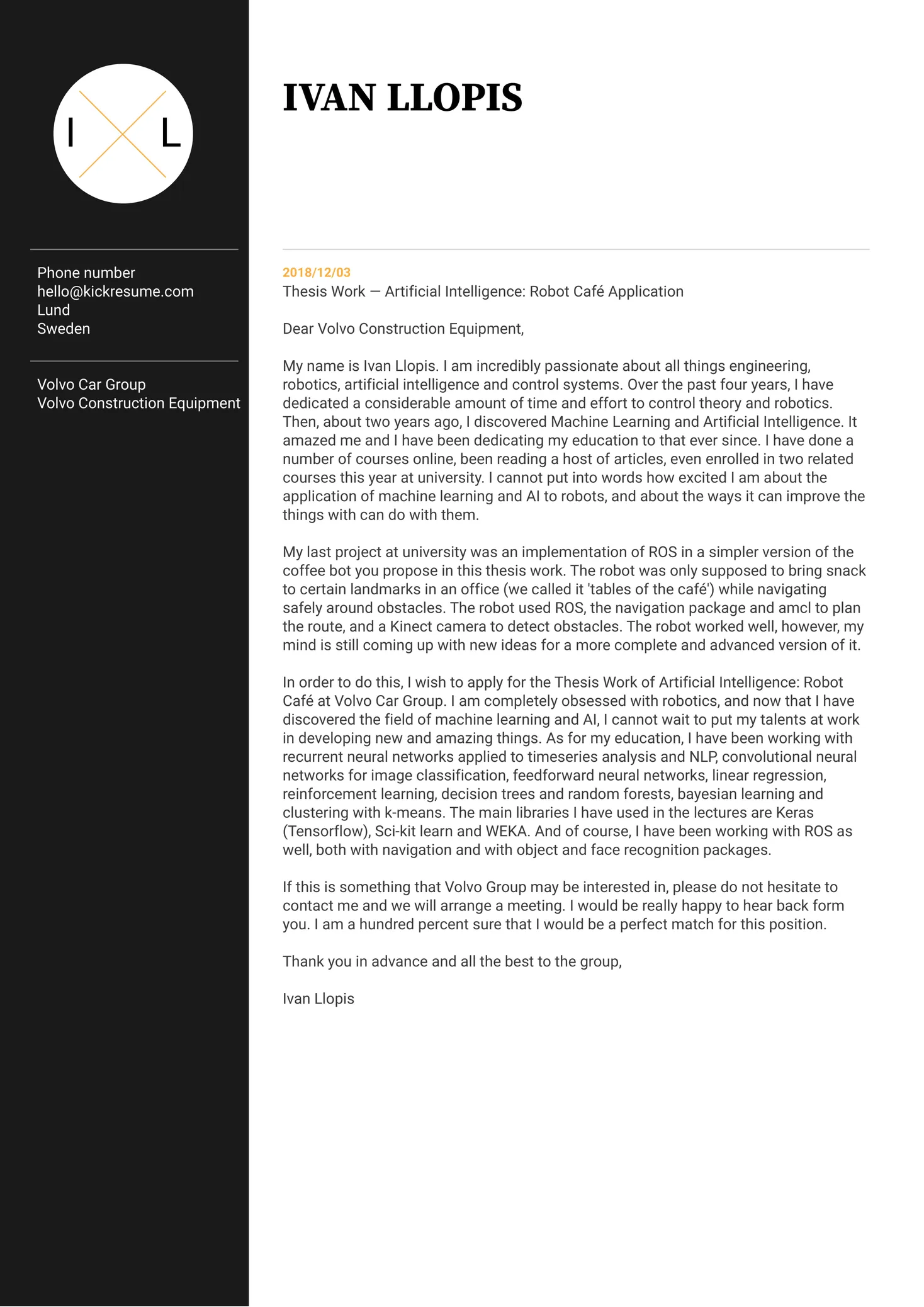
The tone of your German cover letter should be professional and formal. Using a respectful tone is crucial. Avoid overly casual language, slang, or contractions. Address the hiring manager by their title and last name, if possible. Always err on the side of formality, as this demonstrates respect and an understanding of German business culture. For example, it is common to use “Sehr geehrte/r Herr/Frau [Surname]” (Dear Mr./Ms. [Surname]).
Structure and Content of a German Cover Letter
A well-structured cover letter is key to making a positive first impression. Adhering to a specific format helps to maintain professionalism and clarity. By carefully organizing the content, you can effectively highlight your qualifications and make a compelling case for why you’re the right fit for the role. The following sections comprise the core elements of a successful German cover letter.
The Anschreiben’s Purpose
The primary goal of the Anschreiben is to express your interest in the specific job, explain why you are a good fit, and persuade the employer to invite you for an interview. It’s not simply a summary of your resume; it’s an opportunity to provide context and demonstrate your understanding of the company and the role. Focus on how your skills and experiences align with the job description.
Header and Addressing
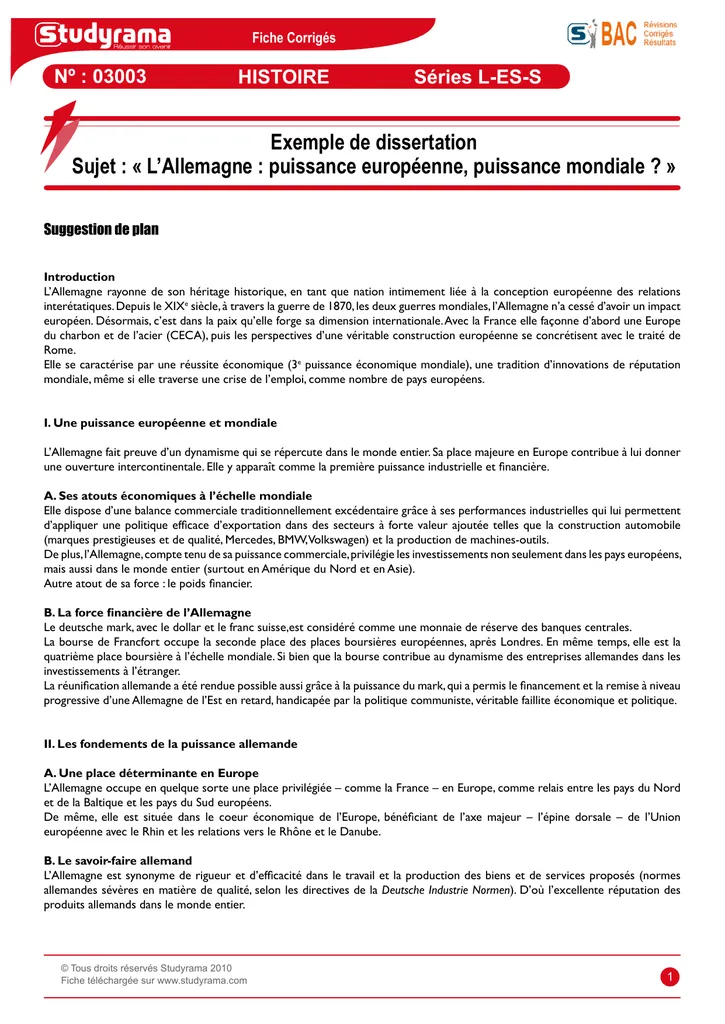
The header should include your contact information (full name, address, phone number, and email address) on the top left. On the right side, include the date and the recipient’s information (company name, department, and the name of the hiring manager if known). Addressing the hiring manager by name demonstrates professionalism and attention to detail. If the name isn’t available, use the appropriate general salutation.
The Body of the Cover Letter
The body of the cover letter is the core of your message and should be divided into three to four concise paragraphs. Each paragraph should have a specific purpose and contribute to the overall goal of persuading the employer. Clear and well-structured paragraphs make your points easier to understand and more impactful.
Opening Paragraph
Begin by stating the position you are applying for and where you found the job posting (e.g., online job board, company website, or referral). Briefly mention why you are interested in the role and the company. Make sure to capture the reader’s attention from the start by showing genuine enthusiasm. A strong opening demonstrates your motivation and sets the tone for the rest of the letter. Avoid generic phrases.
Highlighting Skills and Experience
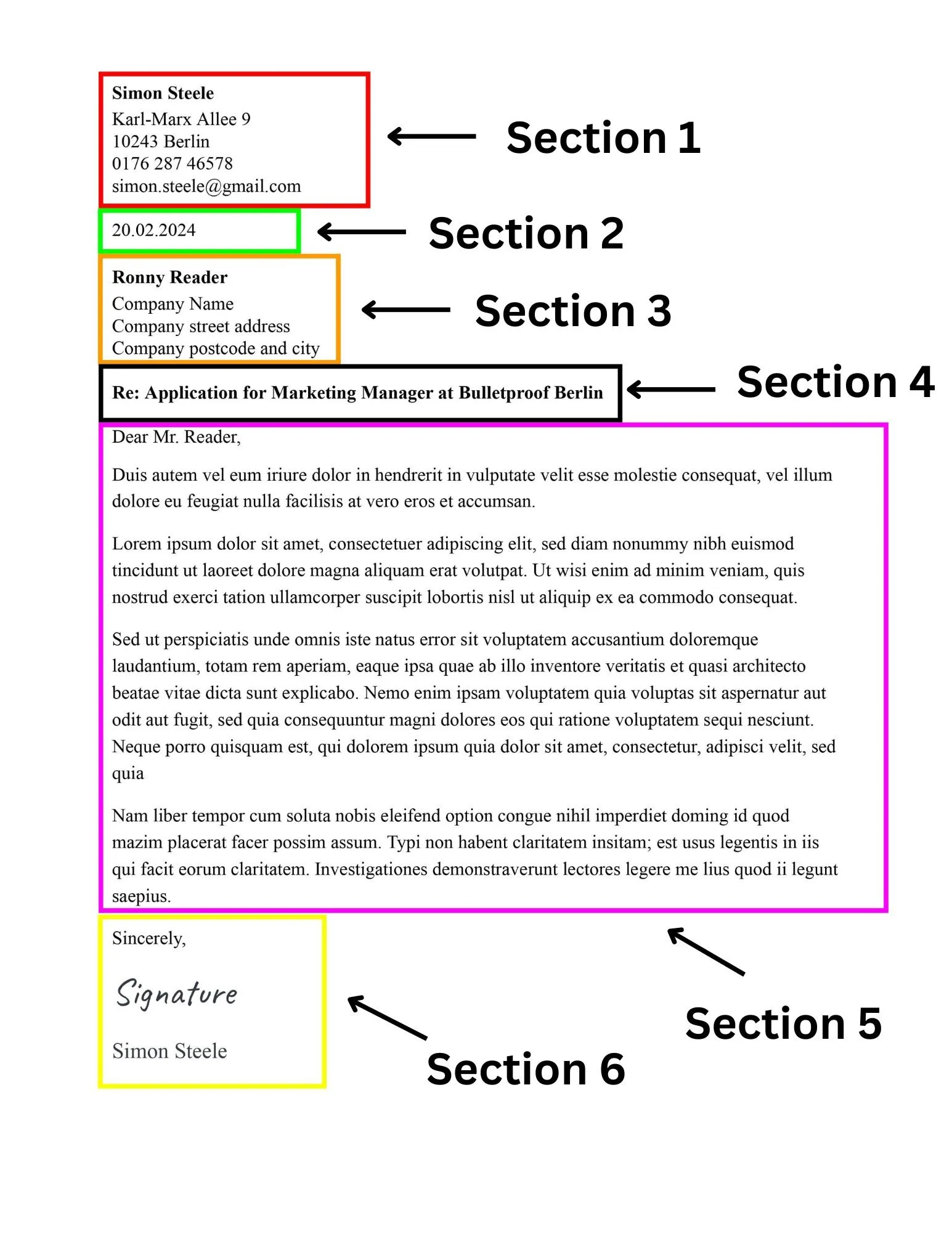
The main part of the cover letter should focus on highlighting your relevant skills and experience. Select 2-3 key skills or achievements that align with the job description. Use specific examples to demonstrate how you have applied these skills in the past and what results you achieved. Quantify your accomplishments whenever possible, using numbers and data to showcase your impact. Tailor this section specifically to the job requirements.
Showing Enthusiasm and Motivation
Express your enthusiasm for the company and the role. Explain why you are interested in working for this specific organization and what motivates you to pursue this opportunity. Research the company beforehand and mention specific projects, values, or aspects of their culture that resonate with you. Showing genuine interest makes a positive impression and sets you apart from other candidates.
Closing Paragraph
In the closing paragraph, reiterate your interest in the position and express your availability for an interview. Thank the hiring manager for their time and consideration. Use a professional closing phrase, such as “Mit freundlichen Grüßen” (Sincerely). Avoid being overly assertive or demanding; maintain a polite and respectful tone throughout.
The Signature
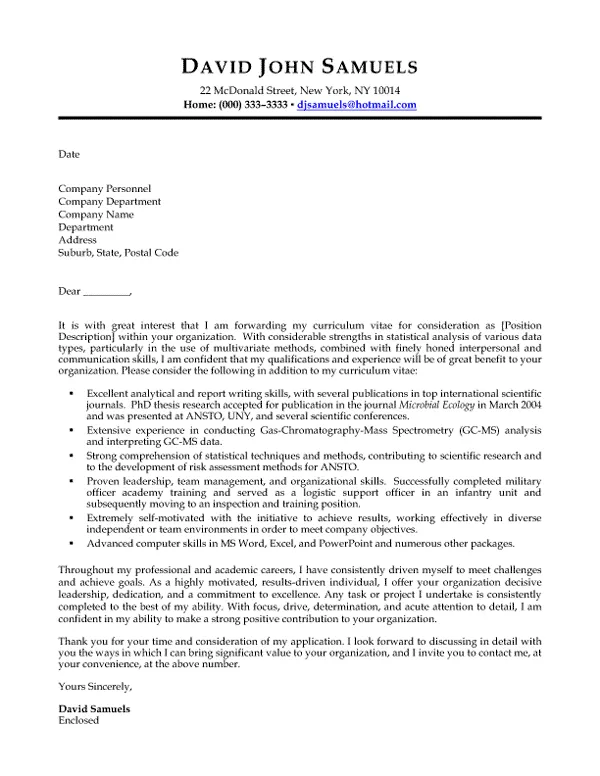
Below your closing, leave space for your handwritten signature. If submitting a digital application, type your full name. Ensure your signature is clear and legible. Consider including your typed name below the signature space for added clarity, especially in digital formats. This reinforces the professional tone of your letter.
Formatting and Presentation
The visual presentation of your cover letter is just as important as the content. Proper formatting enhances readability and makes a positive first impression. Well-formatted documents show attention to detail and professionalism. The following guidelines can help you format your cover letter effectively.
Font and Layout
Choose a professional and easy-to-read font, such as Times New Roman, Arial, or Calibri. Use a font size between 11 and 12 points. Maintain consistent formatting throughout the document. Use clear headings and subheadings to break up the text. Ensure there is adequate spacing between paragraphs and sections to improve readability. Aim for a clean, uncluttered layout.
File Format and Naming
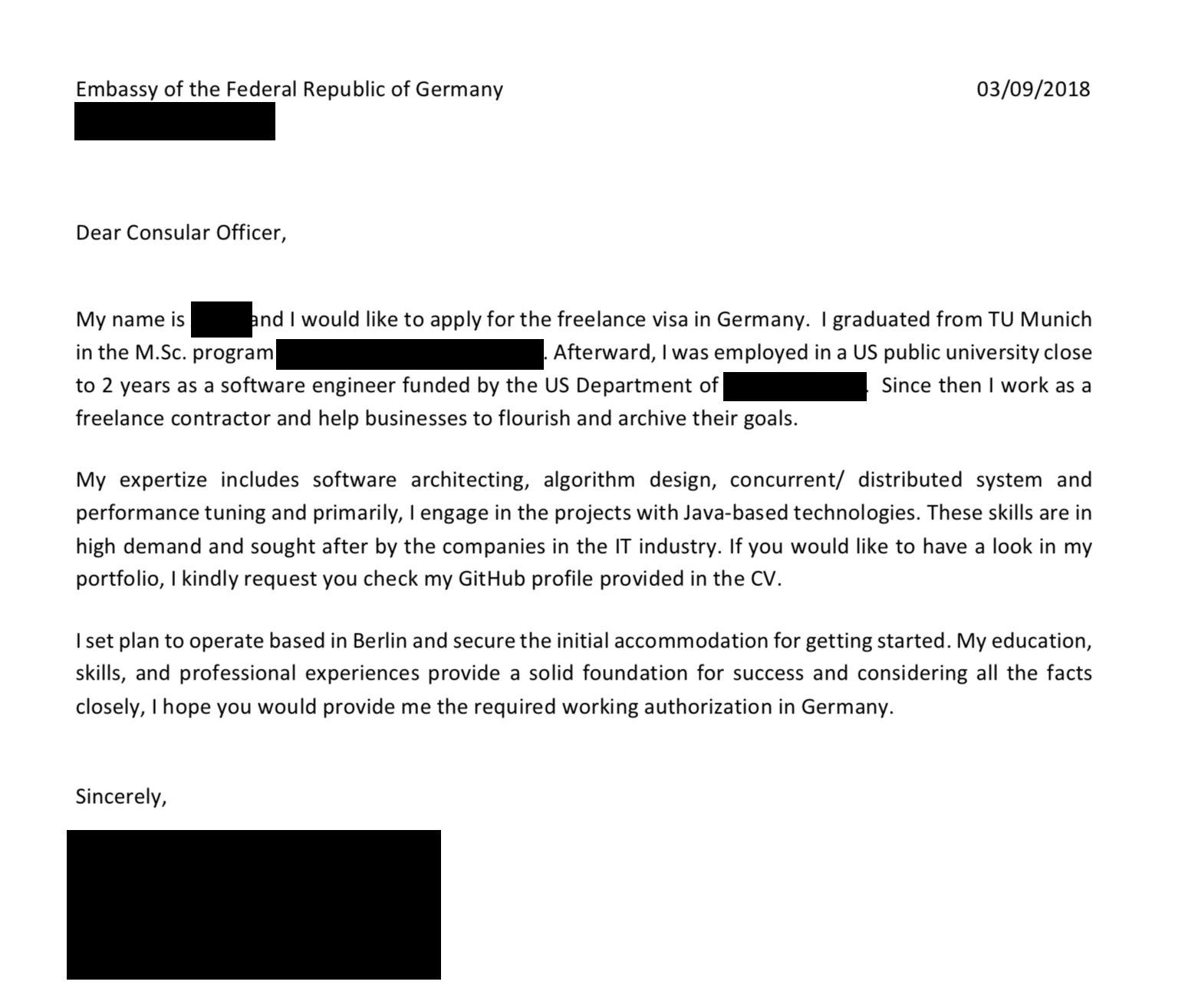
Save your cover letter as a PDF file to preserve the formatting and ensure compatibility across different devices. Name the file clearly and professionally (e.g., “YourName_CoverLetter.pdf”). Avoid using special characters or spaces in the file name, as this could cause issues. This makes it easy for the hiring manager to identify your application and keep it organized. Always check the job posting for specific instructions on the preferred file format.
Common Mistakes to Avoid
Avoiding common mistakes can significantly improve your chances of a successful application. Pay close attention to these pitfalls to ensure your cover letter is polished and professional. By carefully reviewing your work, you can prevent errors and create a more compelling application.
Typos and Grammatical Errors
Typos and grammatical errors can undermine your credibility and professionalism. Always proofread your cover letter carefully before submitting it. Use spell-check and grammar-check tools, but also manually review the document. Ask a friend or colleague to proofread it as well, as a fresh pair of eyes can often catch errors you might miss. Errors can create the impression of carelessness, which is to be avoided.
Generic Content and Lack of Personalization

Avoid using a generic cover letter template that you send to multiple companies. Tailor each cover letter to the specific job and the company. Research the company and the role, and use this information to customize your content. Highlight the aspects of the job that appeal to you and explain how your skills align with their requirements. Personalization shows that you have taken the time to understand the company’s needs.
Ignoring the Job Description
Carefully read the job description and address each of the listed requirements in your cover letter. Use the same keywords and phrases that the company uses in their job posting. Explain how your skills and experience match the specific requirements. Failure to address the job description directly can result in your application being overlooked. Ensure you are focusing on what the employer is looking for.
Proofreading and Reviewing
Proofreading and reviewing your cover letter is an essential step in the application process. By carefully examining your work, you can identify and correct any errors, ensuring your cover letter is professional and polished. Take the time to thoroughly review your application to improve your chances of making a positive impression on the employer.
Seeking Feedback
Ask a trusted friend, colleague, or career advisor to review your cover letter. They can provide valuable feedback on the content, tone, and overall presentation. Get feedback from someone familiar with German business culture to ensure that your cover letter meets the expected standards. Their insights can help you refine your application and make a stronger impression.
Using Online Tools
Utilize online tools such as grammar checkers, spell-checkers, and resume reviewers to enhance your cover letter. These tools can help identify errors and improve the overall quality of your writing. While these tools are helpful, they are not a substitute for careful proofreading and review. Use them as a supplement to ensure accuracy and clarity. Use these tools as aids, not replacements for your own careful review.
Additional Tips for Success
In addition to the core elements of a German cover letter, consider the following tips to further increase your chances of success. These supplementary strategies can make your application more compelling and demonstrate your commitment to the job. By implementing these tips, you can show that you are a well-prepared and competitive candidate.
Tailoring to the Specific Job
Customize each cover letter to the specific job and company. Research the company’s mission, values, and culture. Use this information to demonstrate how your skills and experience align with their requirements. Refer to specific projects or initiatives undertaken by the company to show your genuine interest. Personalizing your cover letter increases your relevance and shows that you are a thoughtful candidate.
Language Proficiency
Demonstrate your German language proficiency. Mention your level of fluency (e.g., fluent, proficient, intermediate) and provide examples of your language skills. If the job requires German, highlight your ability to communicate effectively in both written and spoken German. Consider including any language certifications you possess. Fluency is an essential requirement for many jobs in Germany. Be honest and accurate about your language capabilities.
Cultural Nuances
Be aware of German business culture. Research the company’s expectations for applications and interviews. Understand that Germans value directness, precision, and thoroughness. Avoid excessive self-promotion; focus on your achievements and how you can contribute to the company’s goals. Show respect for their business practices, and demonstrate that you are willing to integrate into their work environment. Demonstrating cultural awareness can make you stand out.
Writing a cover letter in Germany requires careful attention to detail and adherence to specific cultural norms. By understanding the key differences, following the established structure, avoiding common mistakes, and incorporating additional tips, you can create a compelling cover letter that will significantly enhance your job application. Remember to tailor each letter to the specific job, proofread carefully, and always maintain a professional and respectful tone. Good luck with your job search!
